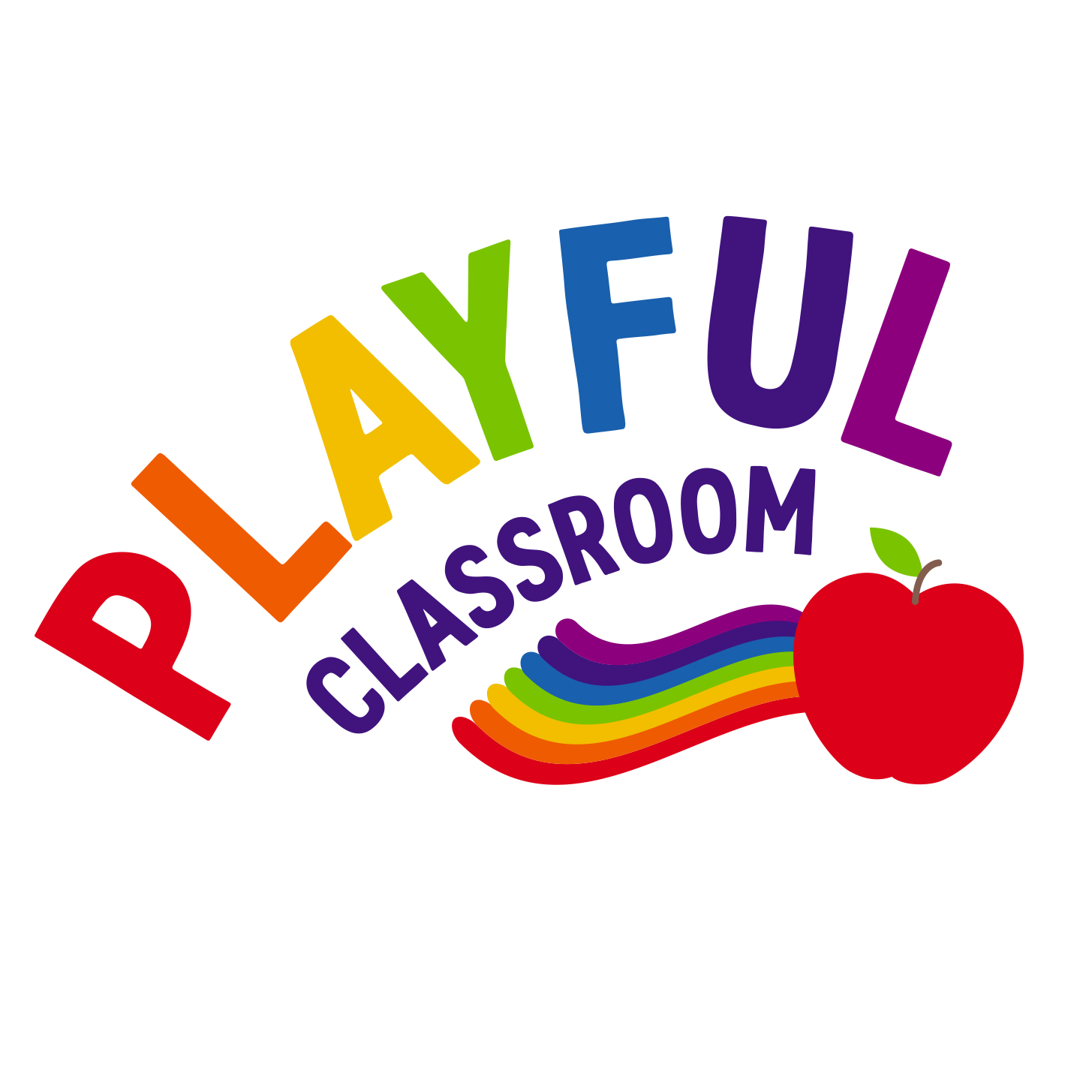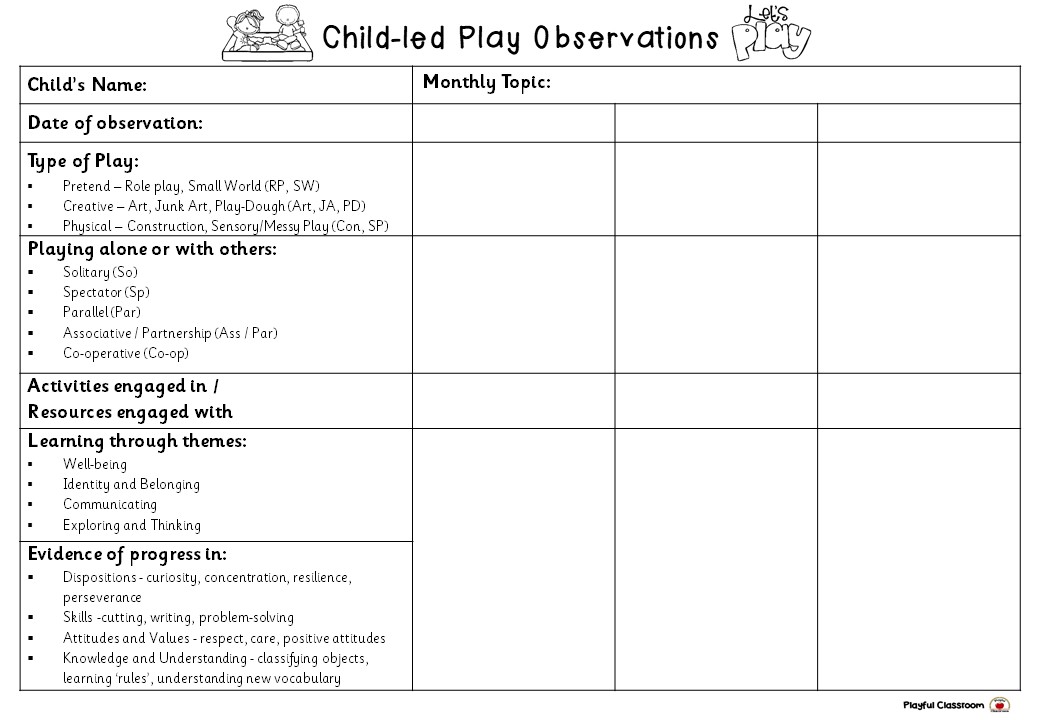Ideas for Junk Art
Junk Art is open-ended, child-led and creative. Children create their own art using items you might put in your recycling bin.
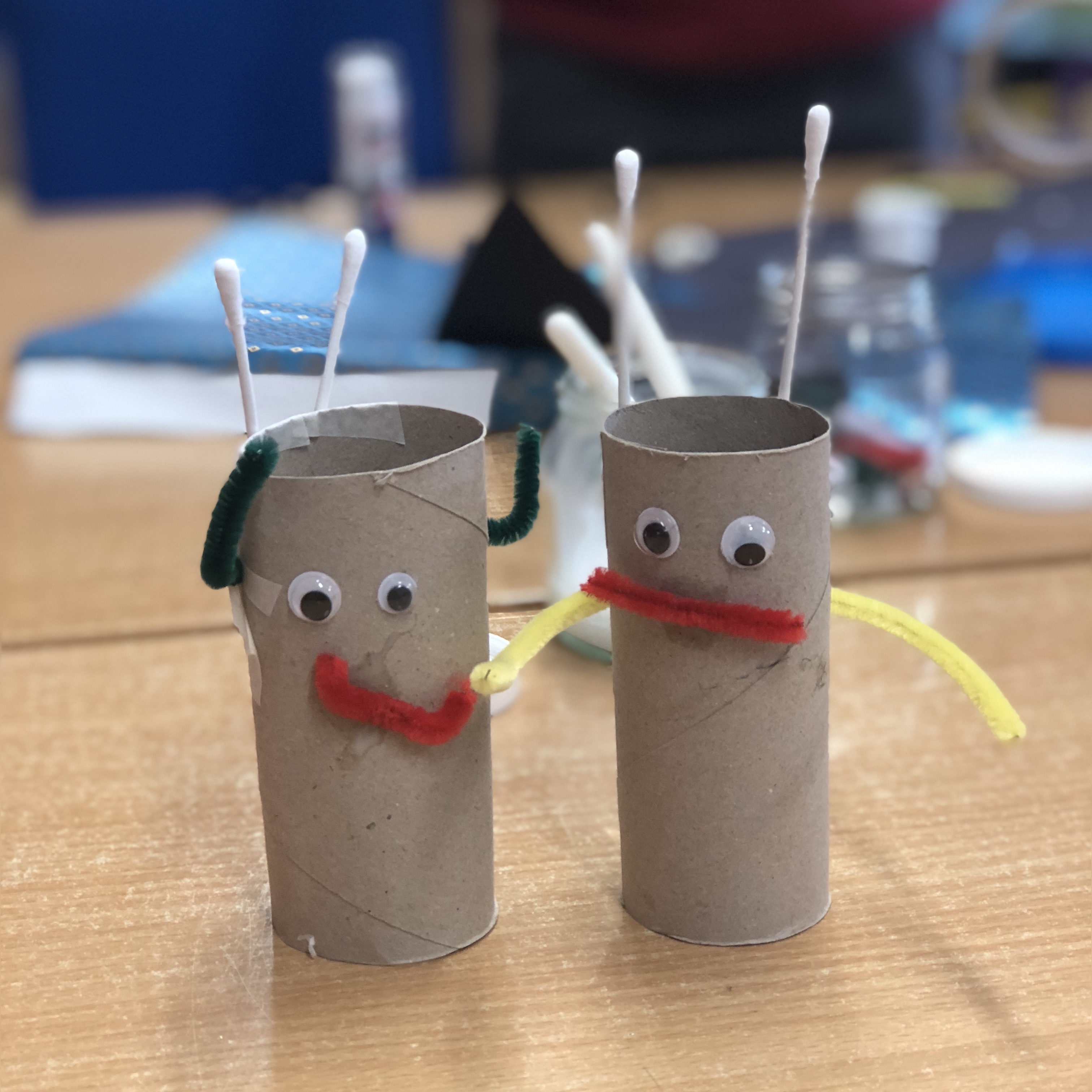
“Creative play involves children exploring and using their bodies and materials to make and do things and to share their feelings, ideas and thoughts. They enjoy being creative by dancing, painting, playing with junk and recycled materials, working with play-dough and clay, and using their imaginations.”
-Aistear: the Early Childhood Curriculum Framework, NCCA 2009
Basically you give the children some boxes, paper, scissors, glue and tape, and let them off! Their imaginations will do the rest. You’ll be amazed at what they can come up with.
The benefits are numerous. This video from Dr. Jacqueline Fallon explains them here.
Sounds a bit ambitious, right?
When I first contemplated Junk Art with my Senior Infant class, I will admit that I was nervous. Would they be able to make anything independently? What about the mess?! It’s a lot less complicated than it sounds. I’ll outline a gradual approach to it further down if you feel it’s daunting. The other thing to remember about Junk Art is that you’re doing it as part of your Aistear Play Hour, so you only have one group taking part at a time. Less mess. J
So, what resources do you need?
There are a few things you’ll need to buy, but you might have them in your classroom already.
- Scissors
- Pritt-stick
- Masking tape (so much easier for children to use than sellotape!)
- PVA glue (I store this in cleaned out yoghurt jars)
- Glue spreaders
The rest can be collected for free. Collect them yourself, or ask the children to bring them in. They will quite willingly oblige!
- Toilet rolls & kitchen rolls
- Egg cartons
- Milk cartons
- Cereal boxes
- Shoe boxes
- Cardboard and plastic boxes of all shapes and sizes
- Leftover/scrap coloured and white paper and card
- Supermarket leaflets
- Holiday Brochures
- Toy catalogues
- Bubble Wrap
- Foiled or shiny paper (chocolate and sweet wrappers, wrapping paper)
- Gift bags
- Ribbon
- Straws
- Buttons
- Scraps of material

Note: The children will bring in lots of toilet rolls, egg cartons and cereal boxes. Keep an eye out yourself for unusually-shaped boxes, foiled, shiny or patterned paper, bubble wrap and ribbon.
The following can be very useful but would need to be bought:
· Googly eyes
· Lollipop sticks
· Bun cases
· Pipe cleaners
· Sequins / gems
· Paper plates
Topic-Based Art
Most people implementing Aistear will have a monthly topic. Your resources for Junk Art (and other activities) should be open-ended to encourage child-led play. That said, you can always add in some specific materials related to your topic so as to give the children the opportunity to make something linked to the topic. Also, as the teacher, you can model, but not direct, how to make something that is connected.
A Suggested Approach to Junk Art for young children
This is how I started it with my Senior Infant class this year.
1. Cutting & Sticking
I began with just paper, catalogues & leaflets, scissors and pritt-stick. The children cut and stuck to their heart’s content. The most popular catalogues in my class are Disneyland Paris brochures and the Smyths catalogue! Keeping it simple for the first few weeks gave the children an opportunity to become familiar with the Junk Art process, practise using scissors and glue, and gave me the chance to observe their skills and creativity.

2. Paper Plates
Our topic in September was ‘The Restaurant’, so in the third week I gave the children some paper plates and coloured paper, hoping that they might make some pizzas. They made bunnies and cars instead. Not to worry! That’s how Aistear works in reality; you let the children go with where their imaginations take them!
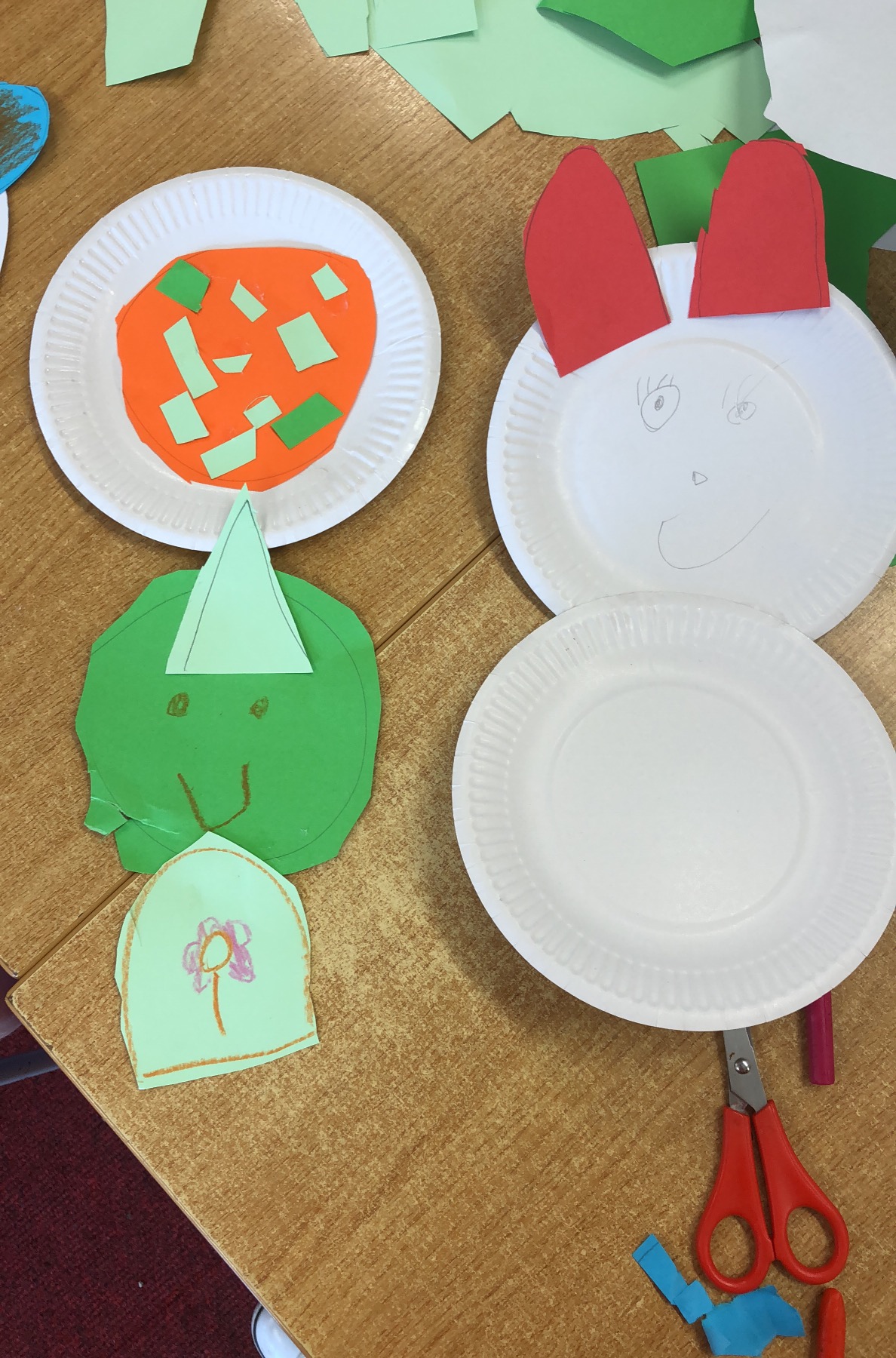
3. Toilet Rolls, Egg Cartons and Masking Tape
After working with mostly 2D creations, I then gave the children some empty toilet rolls and kitchen rolls. They stuck paper to the toilet rolls and some of them even made Gruffalo characters (we had read the story that week).
The next lot of materials I offered the children were egg cartons and masking tape. As I said already, masking tape is so much easier for them to work with, plus it has the added bonus of being able to be coloured in and written on. They made rockets and beds for the dolls’ house.
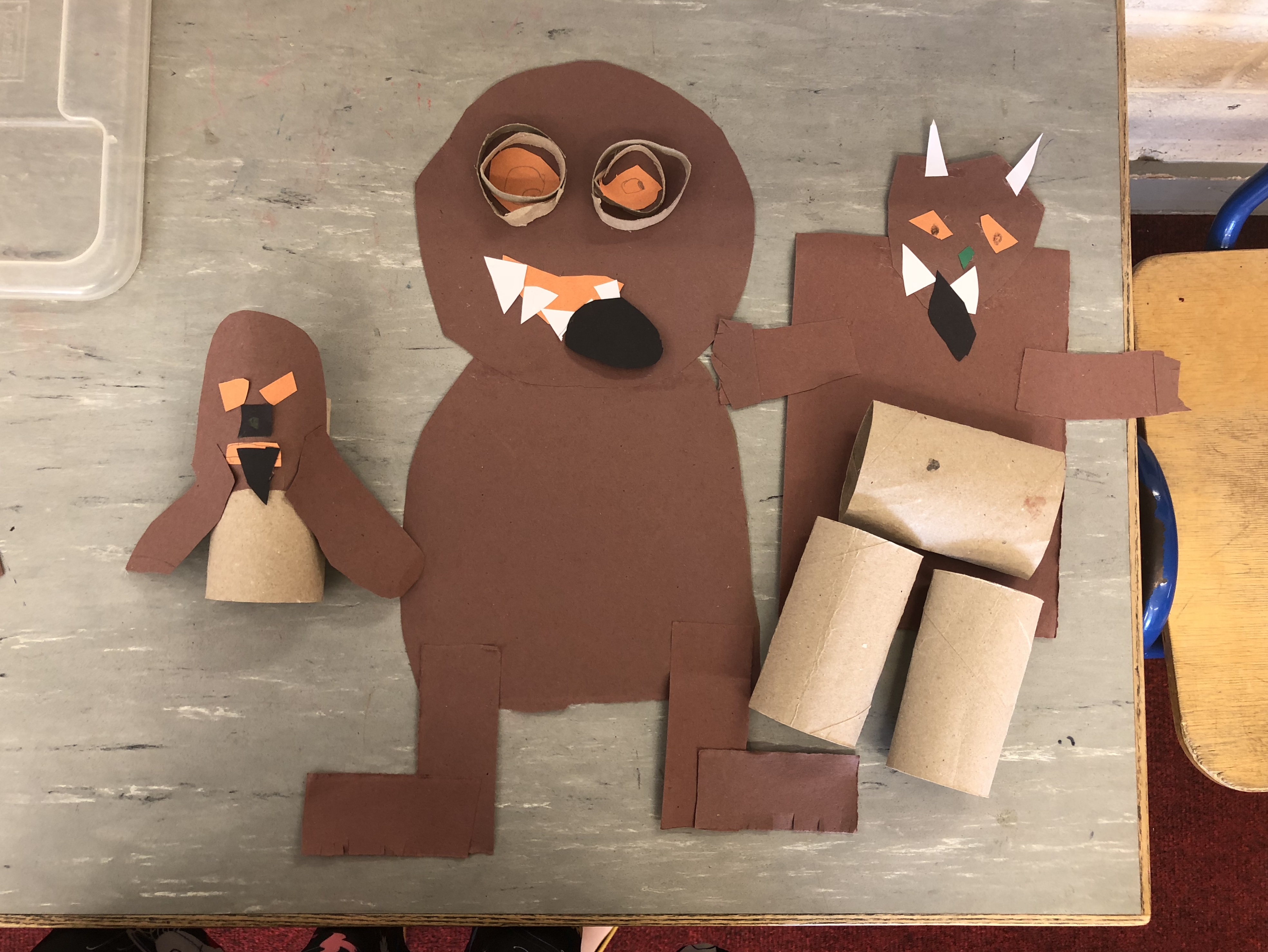
4. Boxes
By now we were into October and our topic was ‘Houses and Homes’. The children used boxes and milk cartons of all shapes and sizes to create 3D structures, some of them being houses, some of them not! They also had access to all the previous materials they had used. As they became more confident with Junk Art, they were able to look through all our recycled materials to find what they needed.

5. Paint
At this point I introduced paint. It was almost Hallowe’en, so I gave the children black, orange and purple paint and let them paint whatever they wanted, with the hopes of some spooky results. They painted on paper, and also empty toilet rolls, which they later added googly eyes and arms to.
Having let the children experience painting the toilet rolls, I then decided to combine painting and construction. The children were able to make their 3D creations as before, and then paint them as desired.
6. PVA Glue
Next up was the introduction of PVA glue. I store this in lidded yoghurt jars, so I don’t need to pour it out every day. I use glue spreaders with PVA glue, but they’re not a necessity. You can use paintbrushes or scraps of stiff card instead. I gave the children googly eyes, cotton buds and pipe cleaners to stick to their creations with the glue.
7. Other materials
We now have a fully-stocked ‘Junk Art’ trolley in the classroom. They children can get whatever they need for their creations very easily. We have all sort of materials at our disposal such as bubble wrap, foil, Styrofoam trays, plastic inserts from boxes of chocolates and ribbons.
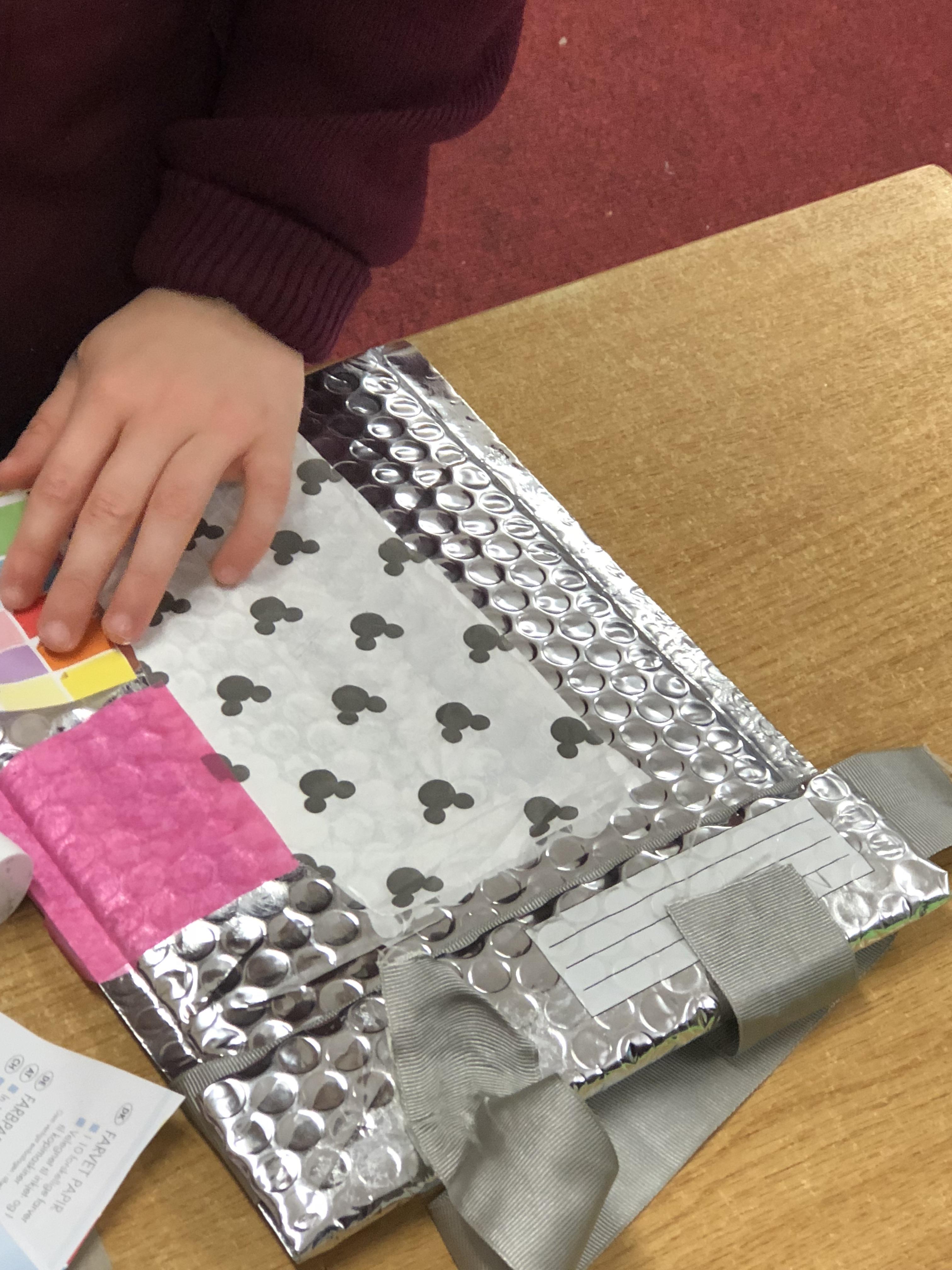
Assessment
I try to assess each child around once a week. I do this in two main ways, observations and work samples.
Observations
You can find the document I use to take notes on each child for FREE here. I look for children’s learning in the following areas:
- Dispositions (curiosity, concentration, perseverance)
- Skills ( cutting, writing, drawing, problem-solving)
- Attitudes and values (sharing, care for the environment, and positive attitudes to learning)
- Knowledge and understanding (classifying objects, learning ‘rules’ for interacting with others)
Work Samples / Photographs
I take photographs of the children engaging in play, and of their finished creations. The children often come to me and request a photo to be taken. I upload all the photographs to each child’s Class Dojo portfolio, which is a great way of getting an overview of their play and progress over the course of the year.
A note about Planning and Reviewing
To promote higher-quality play in any activity, give the children time to plan what they will do during the play. Children can plan on their own, in pairs, or with the group. For Junk Art they will mostly plan on their own. Writing and/or drawing is useful, and identifying the resources needed.
After tidy-up time, the children should review what they did during play. This can be done in pairs, preferably with a child they did not play with, and with some children reporting back on what their partner did. I also like to have the children draw and/or write about what they did about once a week.
You can find my Aistear / Play resources on my Teachers Pay Teachers Store here and my favourite picturebooks for encouraging creativity here.
Blog Post originally written as a Guest Post for https://irishprimaryteacher.ie/
Playful Classroom is a participant in the Amazon Services LLC Associates Program, an affiliate advertising program designed to provide a means for sites to earn advertising fees by advertising and linking to Amazon.co.uk.
